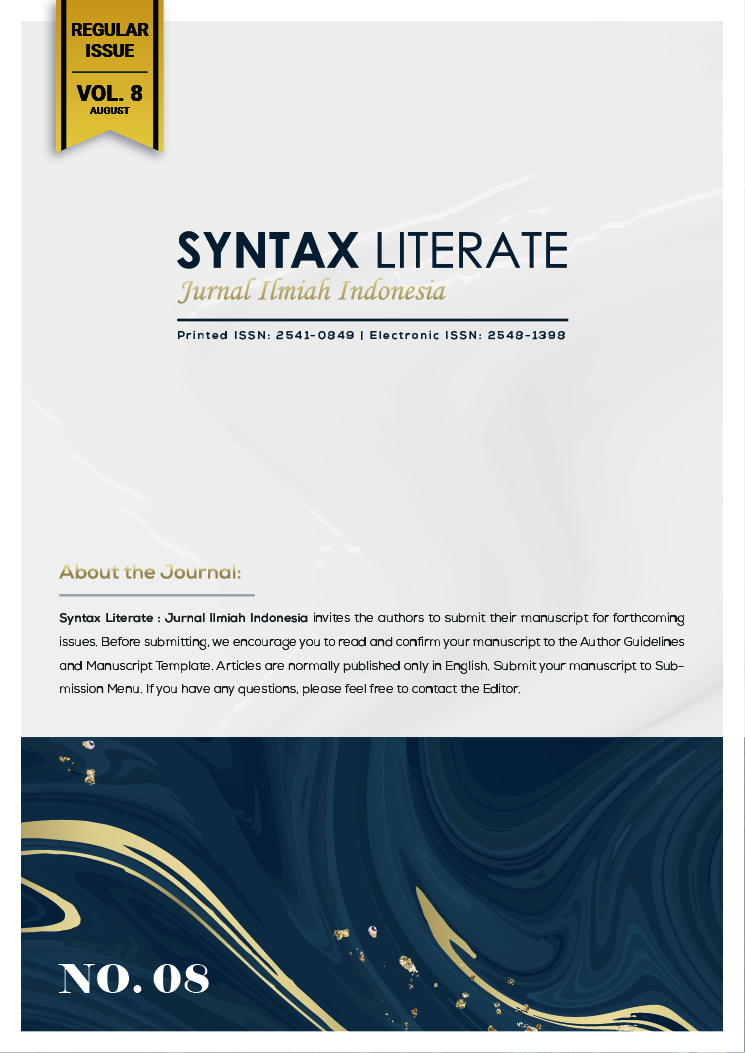Penurunan Cr6+ dari Limbah Batik dengan Menggunakan Kitosan dari Cangkang Kupang Putih
Abstract
Chitosan is a biological material that has the potential as an environmentally friendly coagulant. Because based on its chemical structure, chitosan has an active amine group (NH2). The presence of a lone pair of electrons from the nitrogen atom in the amine group causes the group to be electronegative and very reactive to increase metal ions so that it is very good to be used to absorb metal ions. At the c-3 and c-6 atoms of the chitosan sugar group. This aims to reduce the levels of cr6+ in waste using an adsorption process where adsorption is a process that occurs when a fluid (liquid or gas) is bound to a solid and eventually forms a film (thin layer) on the surface of the solid. The adsorption uses chitosan media made from the white shell of mussel which has a weight of 3 grams, 5 grams, 7 grams, 9 grams and 11 grams with temperatures of 30 C, 45 C, 60 C, 75 C and 90 C. After making chitosan The weight of chitosan will be mixed with batik waste with a certain temperature and a rotation of 150 RPM. The best results are obtained at 11 grams at a temperature of 90 C, with the ability to reduce it to 94.62% with an initial concentration of 2.473 mg/l. at 11 grams with a temperature of 90 C, it is in accordance with SNI with group 2 where the cr6+ content is 0.5 mg/L.
Downloads
Copyright (c) 2023 Muhammad Fariz Rohman, Mochammad Bagas Wirawan, Ely Kurniati

This work is licensed under a Creative Commons Attribution-ShareAlike 4.0 International License.











